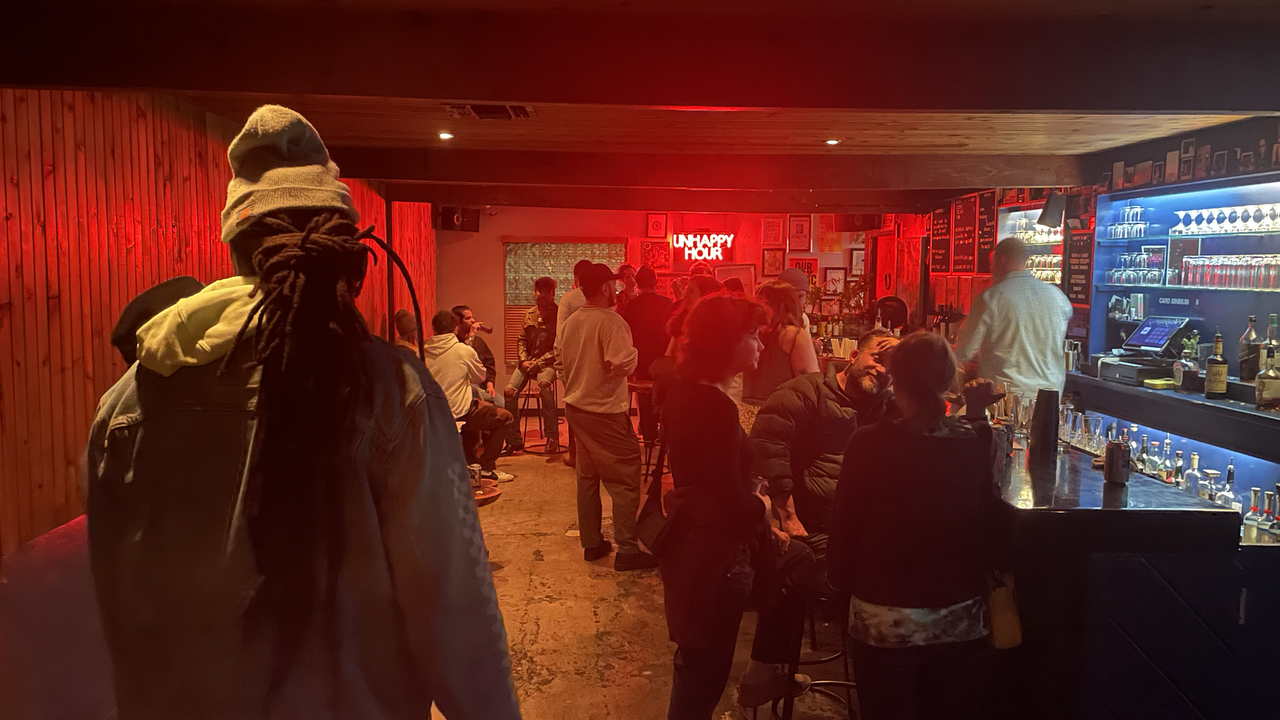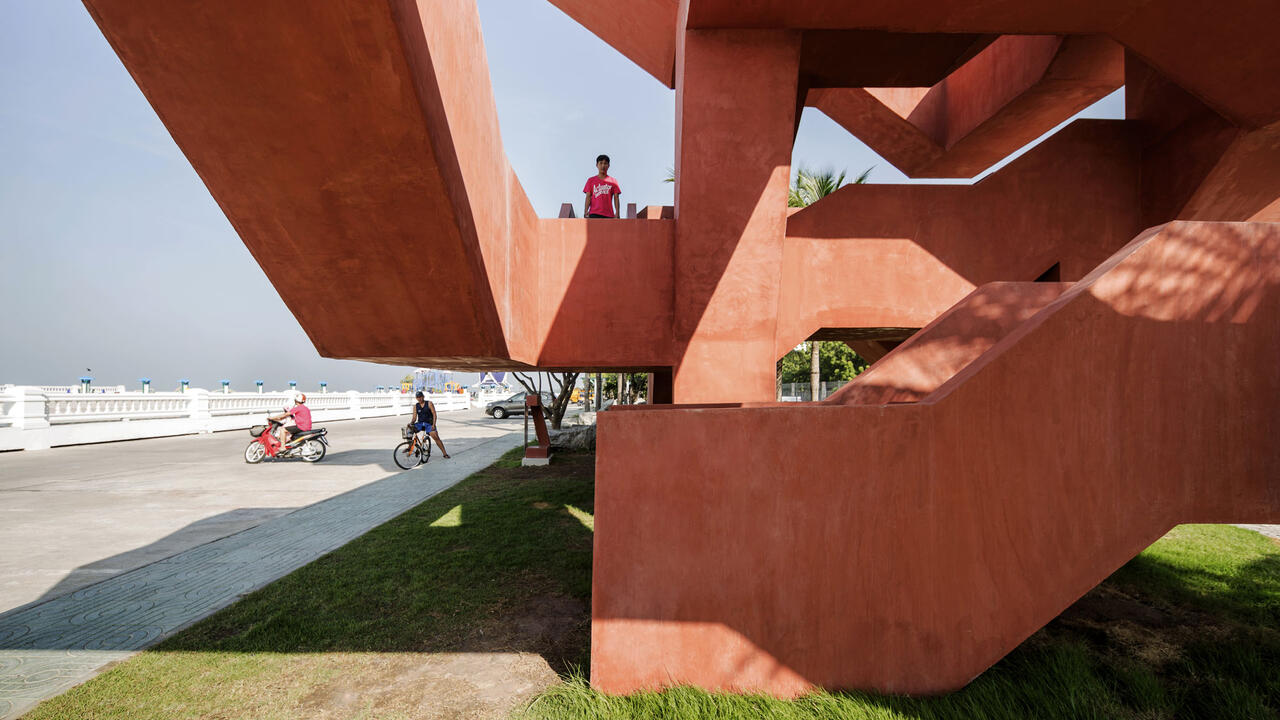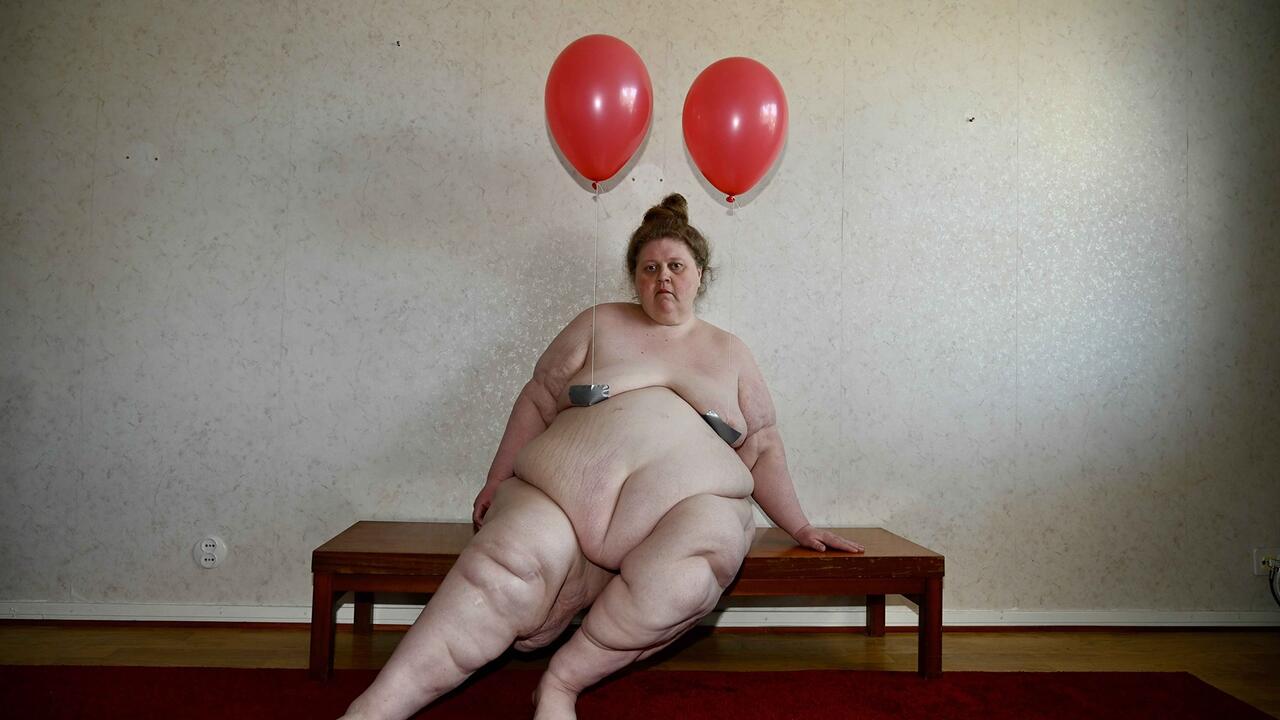Gordon Matta-Clark

The Whitney’s Gordon Matta-Clark retrospective, coming nearly 30 years after the artist’s death (and 20 years since the last major museum show), was both long overdue and exactly on time. Matta-Clark seems particularly ‘of the moment’ right now, and the reasons are not hard to guess. Clearly he is, as the New York Times noted, a ‘prophetic inspiration’ for contemporary artists and architects. Yet much of his current appeal can also be put down to nostalgia: the environments the artist occupied – his scruffy bohemian milieu and the decaying, pre-gentrified New York in which it moved – seem almost as glamorously distant as Renaissance Florence. As the city is developed into shiny, prosperous anonymity, and the art world professionalized into something similar, Matta-Clark’s practice becomes more than ever something to wonder at. In the bad old 1970s, when the streets were scary and the infrastructure was crumbling, you could get away with things: you could occupy abandoned buildings, turn a pier into a makeshift basilica, open a restaurant with your friends.
In art-historical circles a Matta-Clark revival has been growing for some time. The path to the Whitney exhibition was blazed by a series of studies that have appeared in the last few years. Many of these works seem designed to give this loose cannon a more solid footing, to offer stable contexts for the artist’s heterogeneous projects. Recent books and essays have variously played up Matta-Clark’s connection to the intellectual concerns of post-Minimalism, looked at his Surrealist lineage (Marcel Duchamp was – literally – his godfather), examined his architectural background (he trained at Cornell) or taken up his supposed interest in alchemy. There’s an understandably forensic quality to all of these efforts: what the artist left behind was less a body of work than a body of evidence. More than any of his peers, living or dead, Matta-Clark exists for us in documentation and anecdotes. His interventions were ephemeral by design, his cut-up buildings have been razed, his restaurant shut down. There is simply no such thing as a Gordon Matta-Clark work in the world today – or rather, there is no such thing as a simple Matta-Clark work, one that can stand on its own.
This doesn’t bode well for a museum show, but one of the delights of the the Whitney exhibition was the variety of stuff it contained. (Thankfully, Matta-Clark never went in for the numbingly flat documentation favoured by performance artists and Conceptualists of the period.) The reports and fragments on view were gloriously diverse, and almost all rewarded attention: scribbled notes, films and videos of his urban and architectural interventions, the gorgeous collaged Cibachrome prints of later works, pieces of buildings themselves – floorboards from derelict tenements in the Bronx, and corners of the suburban house famously bisected in Splitting (1974). Even the most obscure and ephemeral items showed Matta-Clark’s mind at work. One vitrine contained a magazine advertisement for Food, the Soho restaurant/art project/hang-out he ran from 1971 to 1973. Under the heading ‘Food Fiscal Facts’ it presented a droll account of what – in a very real sense – went into running the place: in part, ‘379 rabbits stewed; 1 cubic foot sage; 2 acres of mushrooms; 53 chairs broken; 3 unfulfilled promises by good friends.’ There’s a unexpectedly complex poetry in this list: it evokes the sheer scale and effort of the enterprise while also suggesting a series of absurd, quasi-imaginary quasi-sculptures – the mushrooms could easily be a forgotten earthwork. And those broken chairs and promises hint at untold stories and less concrete ‘materials’ – trust and co-operation among them.
A film documenting ‘a day in the life’ of Food depicts all the small moments and accidental interactions the restaurant required and allowed: buying fish at the old Fulton Street market, baking bread, getting high in the kitchen. The rich texture and simple everyday-ness of the portrait are essential: anything ‘Conceptual’ seems beside the point. And a similar spirit could be felt in all the works on display. While Matta-Clark’s architectural projects – particularly the later Conical Intersect (1975) in Paris and Office Baroque (1977) in Antwerp – are clearly dazzling in their complex formal geometries, the films that document their creation celebrate also the more visceral complexities of material and labour. There is something hypnotically captivating about all that splintering wood and crumbling plaster, that moment when a chunk of wall finally gives way – not to mention the chainsaw-wielding artist’s unavoidable star quality.
Of course, star quality is not a ‘proper’ critical concept. Nor is nostalgia. But the success of the show was that it encouraged such improper thoughts. More critical studies of Matta-Clark will certainly appear, as they should: there is much left to say about his achievements and legacy. This retrospective suggested any number of possible interpretations and contexts for the artist’s work. And it also allowed Matta-Clark to remain sui generis and compellingly unassimilable.















